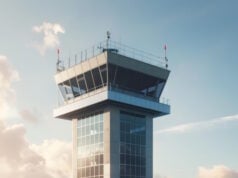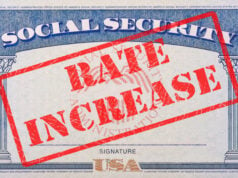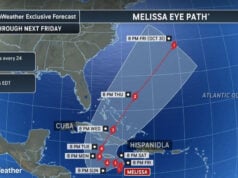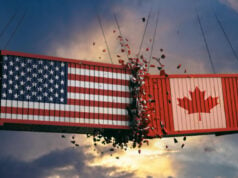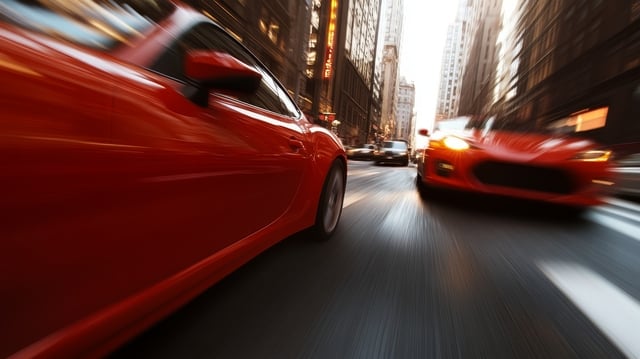
When most people think of Queens, they picture bustling neighborhoods, diverse food scenes, and subway commutes that never seem to end. But under the cover of night, some of the borough’s streets take on a far more dangerous character: they become the stage for illegal midnight street racing. For those living in or visiting Queens—or even for curious eyes across the country—the risks are real, and the consequences can be catastrophic.
The Thrill That Comes With High Risk
There’s no denying the adrenaline rush that draws racers to the streets at night. The hum of finely tuned engines, the roar of tires hugging asphalt, and the thrill of going faster than the law allows—these are the elements that lure young drivers and car enthusiasts alike. Many participants are drawn to the idea of showing off their skill or modified vehicles, but what starts as fun can quickly turn deadly.
Street racing isn’t happening in a vacuum. Unlike professional racetracks, Queens streets weren’t built for high-speed maneuvers. Potholes, uneven asphalt, and sudden intersections are part of everyday city driving—but at speeds of 80 or 90 mph, these hazards become life-threatening. Add in poor visibility at night, and the likelihood of collisions skyrockets.
Pedestrians and Everyday Drivers Are at Risk
While the racers themselves may think they are invincible, everyone else on the road is at risk. Queens is densely populated, and many of its streets are shared by pedestrians, cyclists, and families walking home from work or school. A split-second miscalculation from a speeding racer can turn a quiet neighborhood street into a scene of disaster.
Even for drivers not involved in racing, the risks are tangible. Emergency braking, swerving to avoid a speeding car, or being caught in the aftermath of a collision can lead to secondary accidents. For some victims, these accidents result in severe injuries or even fatalities. Residents sometimes report hearing screeching tires and engines revving late into the night, an unsettling reminder that danger can strike at any hour.
Law Enforcement Challenges
Catching midnight street racers isn’t as simple as setting up a speed trap. Racers often know where police patrols are less frequent and plan their runs on streets with long stretches and fewer intersections. Their vehicles may be heavily modified to evade detection, making them faster than standard patrol cars.
Queens law enforcement has made efforts to combat this trend, using undercover operations and high-tech monitoring tools. Yet resources are limited, and the sheer scale of the borough—over 100 square miles—means that racers often find spots where they can go unnoticed. The results? A cycle of risk where enforcement lags behind the behavior, leaving residents vulnerable.
The Aftermath of Racing Accidents
When things go wrong, the consequences can be devastating. Collisions caused by street racing frequently result in serious injuries or property damage. Cars are totaled, homes and storefronts are damaged, and innocent bystanders may face lifelong consequences. Families grieving lost loved ones and victims with life-altering injuries often turn to legal professionals, such as a Queens car accident lawyer, to help navigate the complicated aftermath.
These accidents also carry long-term implications for the community. Streets where racing incidents occur can develop a reputation for danger, discouraging pedestrian traffic and lowering neighborhood livability. Parents may hesitate to let children play outside, and local businesses can experience decreased foot traffic due to safety concerns.
Community Response and Awareness
In recent years, some Queens residents have taken matters into their own hands. Neighborhood watch groups, local advocacy campaigns, and community meetings have raised awareness about the dangers of street racing. Social media platforms allow residents to share videos of racing incidents, creating public pressure for increased policing and preventive measures.
Education also plays a key role. Youth programs that offer safe spaces for car enthusiasts to learn driving skills or participate in sanctioned racing events can redirect the thrill-seeking energy into safer outlets. By providing alternatives, communities can reduce the lure of illegal midnight racing.
Infrastructure and Urban Design
While law enforcement and education are critical, urban design can also play a role in reducing street racing. Traffic-calming measures such as speed bumps, better lighting, tighter intersections, and improved signage can make it harder for racers to find suitable stretches of road. Some cities have also experimented with digital speed monitoring, alerting drivers in real-time about unsafe speeds and encouraging safer driving behaviors.
Queens faces unique challenges because of its dense urban layout. Major thoroughfares run alongside residential streets, meaning that any racing activity can quickly impact people living nearby. Effective planning and collaboration between city officials, law enforcement, and residents are essential to keeping streets safe.
Lessons for Observers Outside New York
Even for readers in Florida or other states, the situation in Queens offers a cautionary tale. Street racing isn’t just a “big city problem”—it can happen anywhere, often in unexpected places. Understanding the risks and the signs of illegal racing can help communities prepare and prevent accidents before they happen.
If you’re a driver visiting Queens, be aware that streets may look quiet at night but can harbor sudden bursts of high-speed activity. Pedestrians should remain vigilant, especially in areas with reports of late-night racing. And communities everywhere can learn from Queens’ response: a combination of law enforcement, public awareness, urban planning, and safe alternatives for young drivers can go a long way toward preventing tragedies.
Too Fast, Too Dangerous
Midnight street racing might seem exciting or glamorous in movies or viral videos, but the reality on Queens streets is far more sobering. What starts as a fleeting thrill can quickly escalate into collisions, injuries, or worse. For the residents of Queens, these races are more than just a nuisance—they’re a genuine threat to safety and well-being.
By understanding the dangers, supporting community interventions, and encouraging safer alternatives, the borough can hope to reclaim its streets after dark. For outsiders curious about New York, it’s a reminder that city life comes with its own set of hazards—and sometimes, they roar past at 90 miles per hour under the cover of night.
Disclaimer
The information contained in South Florida Reporter is for general information purposes only.
The South Florida Reporter assumes no responsibility for errors or omissions in the contents of the Service.
In no event shall the South Florida Reporter be liable for any special, direct, indirect, consequential, or incidental damages or any damages whatsoever, whether in an action of contract, negligence or other tort, arising out of or in connection with the use of the Service or the contents of the Service. The Company reserves the right to make additions, deletions, or modifications to the contents of the Service at any time without prior notice.
The Company does not warrant that the Service is free of viruses or other harmful components



